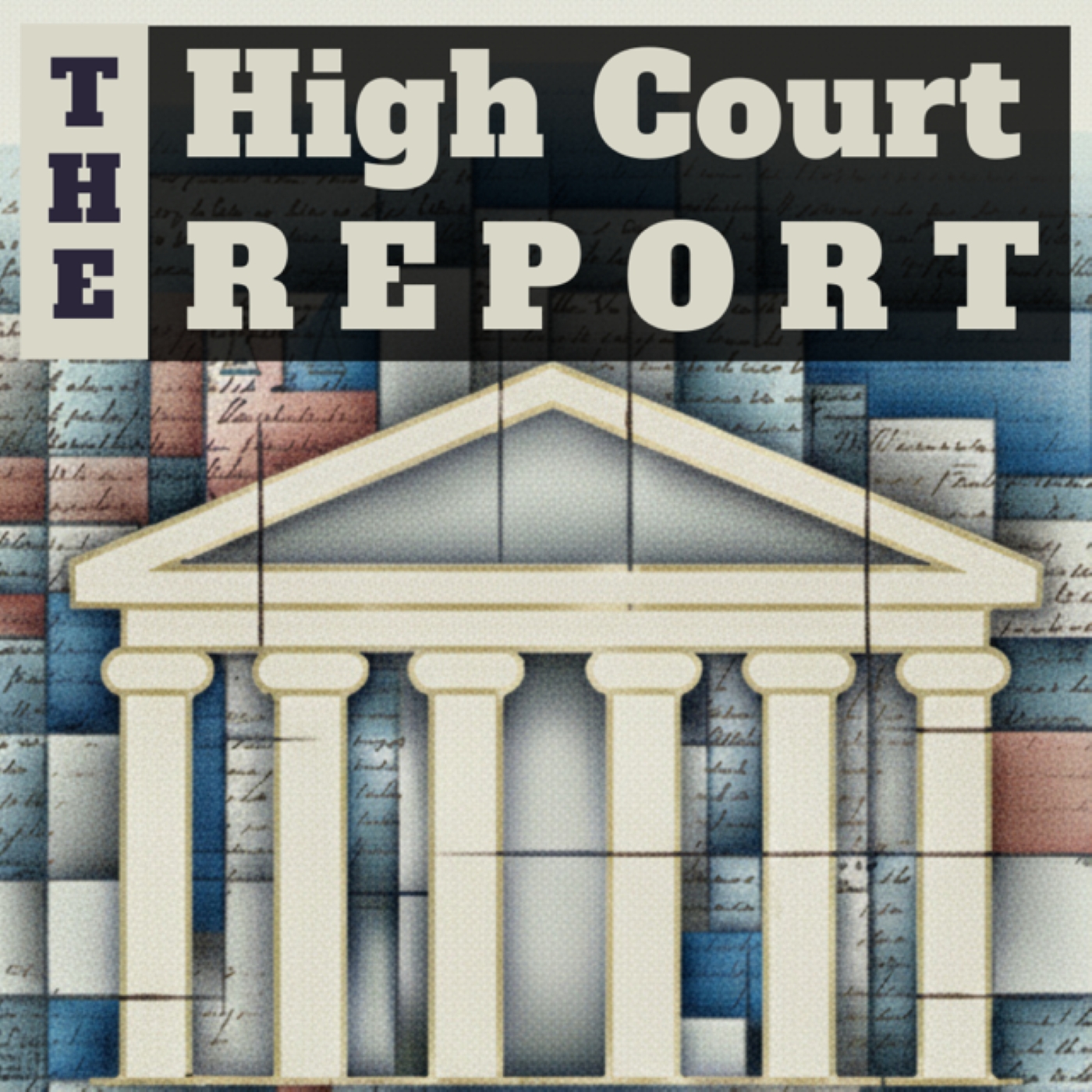Episode 48
Oral Argument: Rivers v. Guerrero | Case No. 23-1345 | Date Argued: 3/31/25
Case Info: Rivers v. Guerrero | Case No. 23-1345 | Date Argued: 3/31/25 | Date Decided: 6/12/25
Link to Docket: Here.
Background:
Under the federal habeas statute, a prisoner "always gets one chance to bring a federal habeas challenge to his conviction," Banister v. Davis, 590 U.S. 504, 509 (2020). After that, the stringent gatekeeping requirements of 28 U.S.C. § 2244(b)(2) bar nearly all attempts to file a "second or successive habeas corpus application." Here, petitioner sought to amend his initial habeas application while it was pending on appeal. The Fifth Circuit applied § 2244(b)(2) and rejected the amended filing.
The circuits are intractably split on whether § 2244(b)(2) applies to such filings. The Fifth, Sixth, Seventh, Eighth, Ninth, and Eleventh Circuits hold that § 2244(b)(2) categorically applies to all second-in-time habeas filings made after the district court enters final judgment. The Second Circuit disagrees, applying § 2244(b)(2) only after a petitioner exhausts appellate review of his initial petition. And the Third and Tenth Circuits exempt some second-in-time filings from § 2244(b)(2), depending on whether a prisoner prevails on his initial appeal (Third Circuit) or satisfies a seven-factor test (Tenth Circuit).
Question Presented: Whether § 2244(b)(2) applies (i) only to habeas filings made after a prisoner has exhausted appellate review of his first petition, (ii) to all second-in-time habeas filings after final judgment, or (iii) to some second-in-time filings, depending on a prisoner's success on appeal or ability to satisfy a seven-factor test.
Holding: Once a district court enters its judgment with respect to a first-filed habeas petition, a second-in-time filing qualifies as a "second or successive application" properly subject to the requirements of Section 2244(b).
Result: Affirmed.
Voting Breakdown: 9-0. Justice Jackson delivered the opinion for a unanimous court. There were no concurring opinions.
Link to Opinion: Here.
Oral Advocates:
- For petitioner: Peter A. Bruland, Washington, D.C.
- For respondent: Aaron L. Nielson, Solicitor General, Austin, Tex.; and Matthew Guarnieri, Assistant to the Solicitor General, Department of Justice, Washington, D. C. (for United States, as amicus curiae.)
Website Link to Opinion Summary: Here.
Apple Podcast Link to Opinion Summary: Here.
